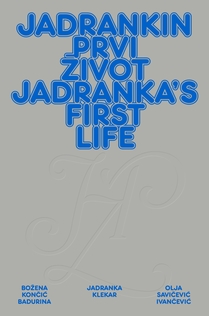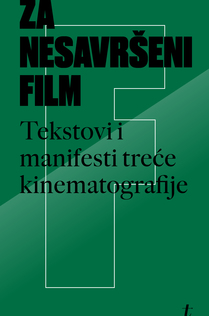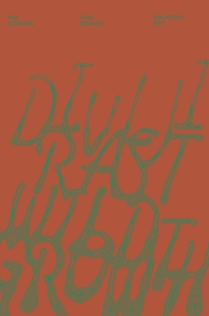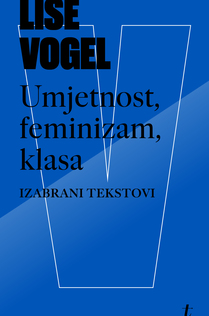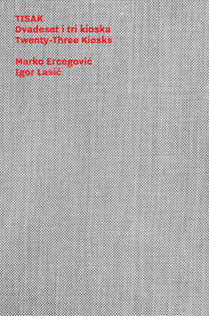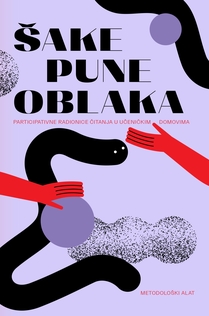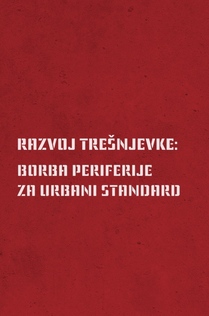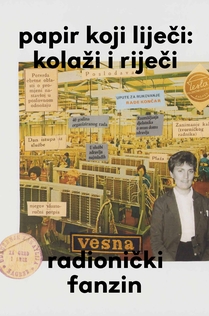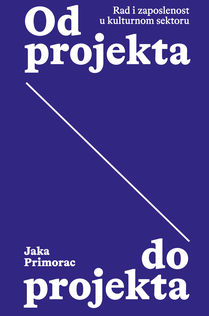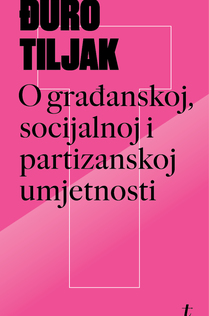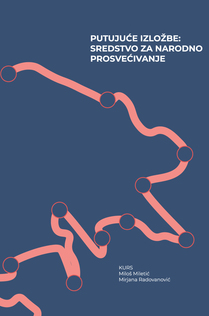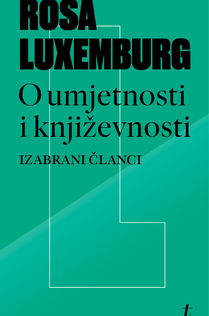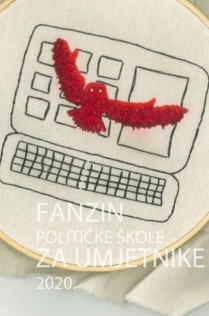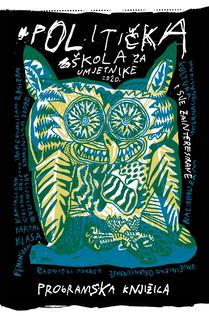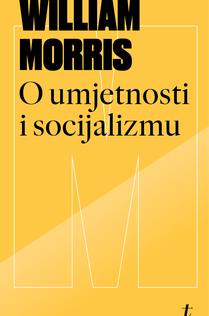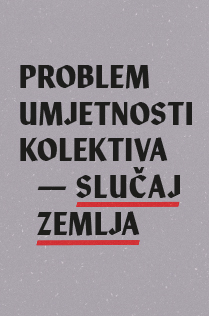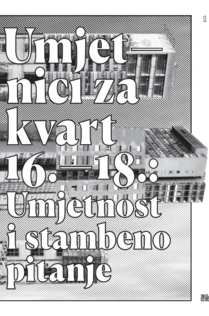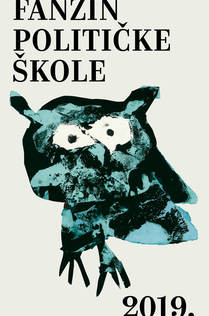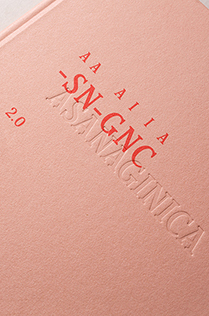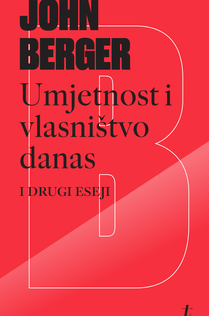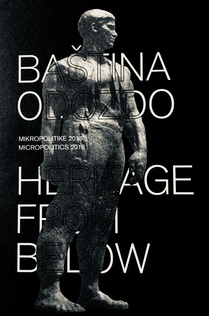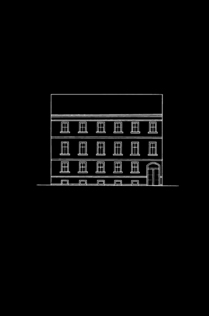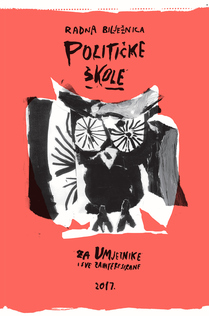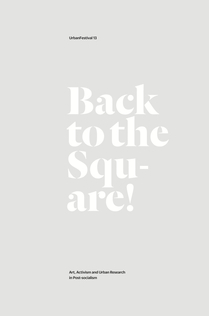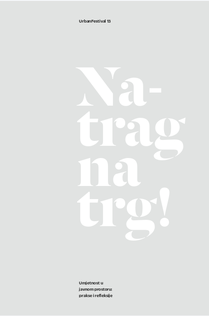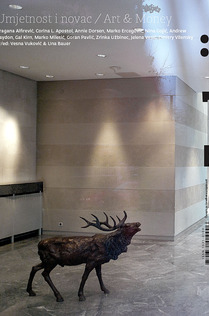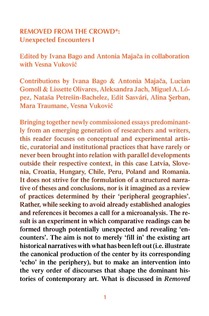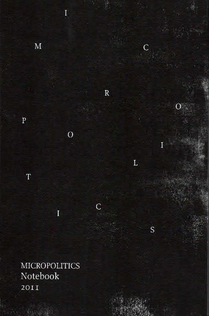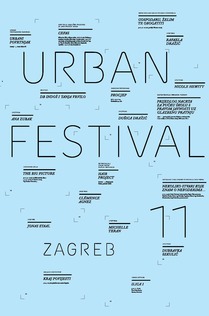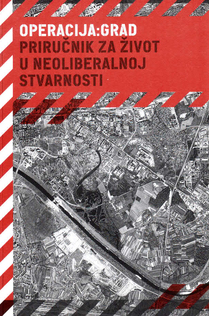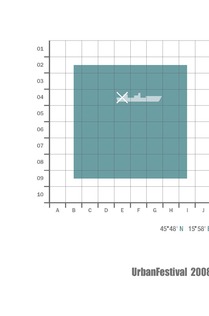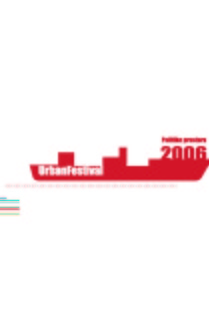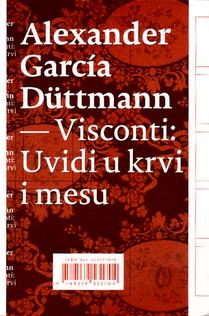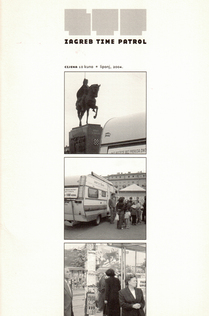WILLIAM MORRIS: ON ART AND SOCIALISM
publisher:[BLOK] | Lokalna baza za osvježavanje kulture
Biblioteka Tendencija
editors of Biblioteka Tendecija: Vesna Vuković, Ivana Hanaček, Ana Kutleša
editor: Vesna Vuković
executive editor: Barbara Gregov
translation: Luiza Bouharaoua and Vesna Vuković
introduction: Vesna Vuković
design: Hrvoje Živčić
language: Croatian
year of publication: 2019
“Architect, designer, decorator, printer, poet, prose writer, craftsman, translator, lecturer, political organiser and socialist – he found all of the roles inseparable, just as art was inseparable from life in the most profound implication of his teaching. (…)
On this occasion, it is most important for us to highlight Thompson’s conclusion that Morris was ‘the first high-calibre creative artist in all of history to consciously and without a shred of compromise stand by the revolutionary working class’. In embracing Marxism, Morris realised that the misery and ugliness of the world he so hated were inseparable from the social and economic system in which they were created, and that the regeneration of art (and life) was fundamentally a political issue, and not exclusively or primarily an artistic issue. Nevertheless, or perhaps that is precisely why, Morris and his work, in all its manifestations, have remained a marginal topic in the study of what we think of as engaged art today. However, the intention of this book is not to lament over this unfortunate circumstance, but to breathe fresh life into Morris’ theorising of the ‘lesser arts’ and – above all – his daring concept of work.(...)
He became interested in Marxism in his late forties, and opted for socialism at the brink of his fifties. This is also where we have drawn the demarcation line in the selection of texts included in this edition. Indeed, the publication before you is a collection of selected texts from the final decade of his life, when he became an ardent socialist and advocate of applied arts. Gathered in one place, these texts articulate his key insights on the relationship between art and socialism, which could be summed up in the following two-part formula: art is doomed to fail unless it becomes folk art and – secondly – the worker must be an artist, and the artist a worker.”
(from the Foreword)
